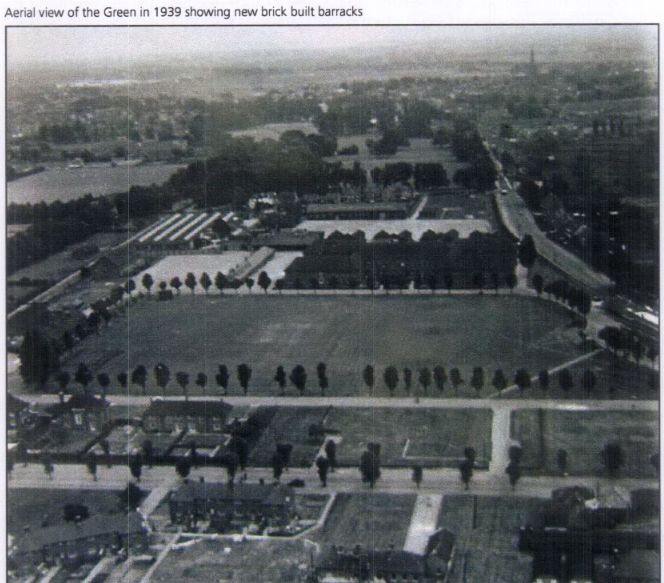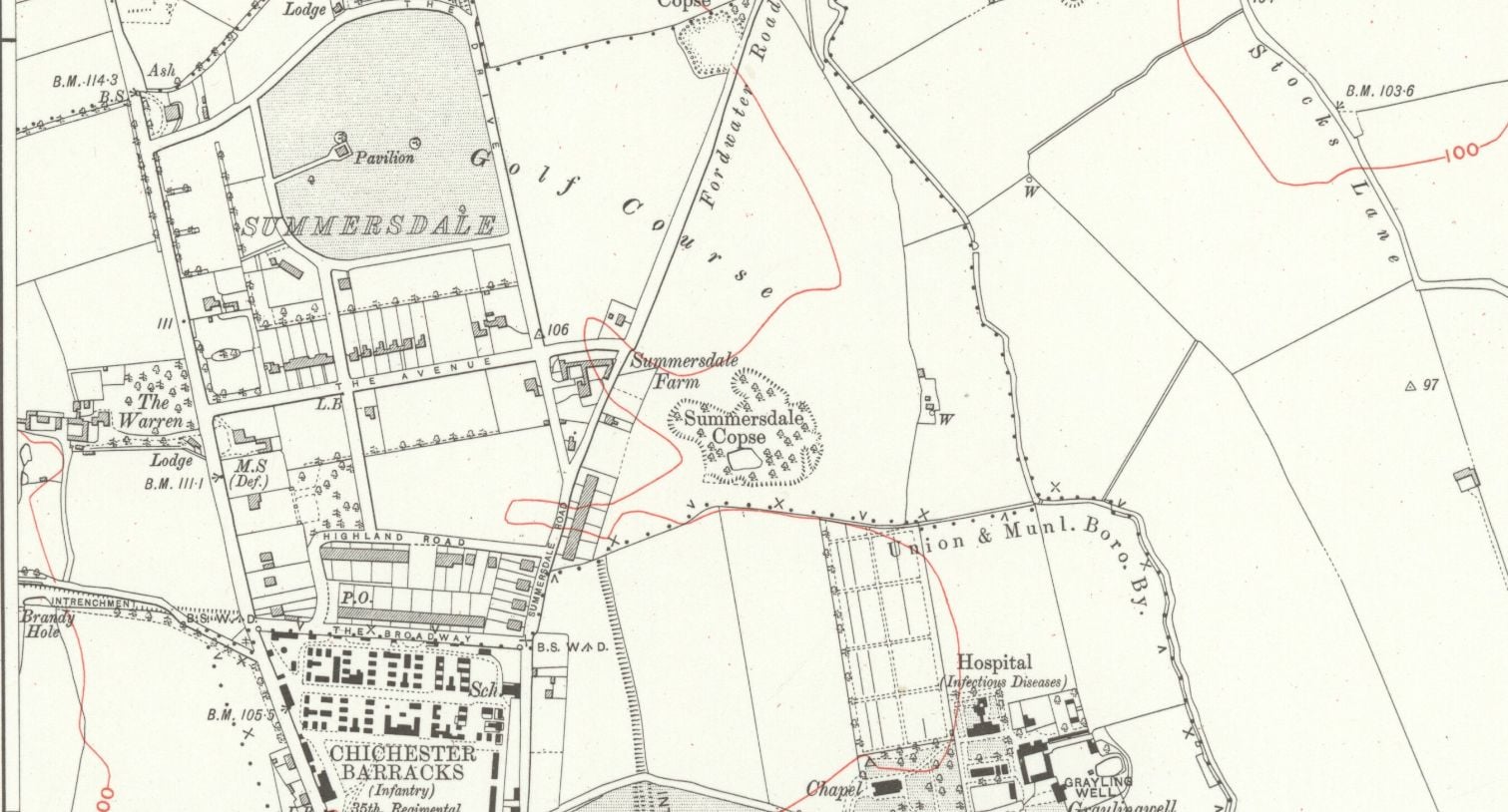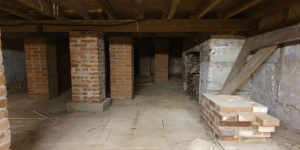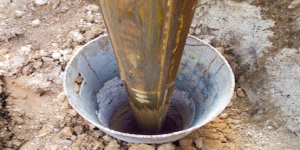Brandy Hole Lane, East Broyle Copse area in the northwest part of Chichester. A well-developed doline line extends east-west across the area to the north of Brandy Hole Lane, along the underlying Chalk-Reading Beds boundary.
The Environment Agency has made 1m-resolution LIDAR imagery coverage for large areas of England and Wales freely available on the internet under Open Government Licence (www.lidarfinder.com).
The map (Fig. 1) shows the solid and superficial geology together with the rivers and dry valleys of the area between Emsworth and Chichester. The geology is based on BGS mapping with further interpretation by the author using the LIDAR imagery. For instance the chalk outcrop along the Portsdown Anticline in the southern part of the map is readily identified even though it is covered with a mantle of raised beach and brickearth deposits, as it shows a mottled surface on the LIDAR imagery. Dolines have been identified as shallow depressions from 5 to 15m across in the ground surface.
West Sussex Geological Society
It is not certain why doline lines have formed along the
Chalk – Reading Formation boundary. A possible reason
is that the movement of groundwater passing southwards
from the chalk has been impeded by clay at the base of the
Reading Formation. This bed of clay possibly forms a slight
scarp buried beneath the overlying superficial deposits
(Cordiner 2019, Fig. 1), which allows groundwater to
infiltrate the underlying chalk along pre-existing fractures.
Over time downward movement of groundwater has been
concentrated at specific sites where chalk fractures have
been preferentially enlarged. With enlargement of the
fractures in the underlying chalk, superficial deposits have
been washed down into them, leaving a crater in the land
surface.
It is known
that smugglers in the 18th century used these caves to
hide brandy, a barrel of this spirit being discovered when
building the foundations for the Chichester-Midhurst
line, near where it crossed Brandy Hole Lane. It is known
that gravel was formerly dug in this area; the pond in
East Broyle Wood Nature Reserve being located in an
old quarry. These workings may even go back to Roman
times, as indicated on the 1898 O.S. map, as the nearby
‘Intrenchment‘ bank would have been a ready source of
flint gravel. It is possible that the Chichester Brandy Holes
and caves started out as sink holes, which were later further
excavated for flint gravel, and later further excavated by
smugglers.
















